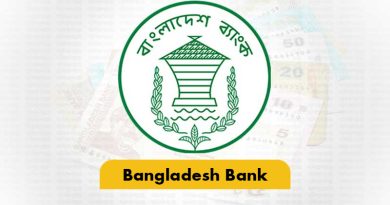Bangladesh Bank has issued a comprehensive master circular on outward remittances, consolidating all existing regulatory instructions into a single, streamlined reference. The circular, released on September 30, 2025, will remain valid for one year from the date of issuance.
The new directive aims to simplify and clarify the regulatory framework governing outward remittances. It brings together guidelines covering a wide range of areas, including travel, private transfers, remittances of profits and dividends, institutional remittances, export claims, remittances related to insurance and reinsurance, payments through international cards, and the use of card platforms as payment channels. However, the circular excludes provisions related to import payments and remittances for transport services.
According to Bangladesh Bank, the consolidation is intended to eliminate procedural ambiguities and promote greater efficiency in cross-border transactions. The move has been welcomed by industry insiders. It will benefit remitters and authorized dealer banks by offering greater clarity and ease of compliance, they said.
The circular also reflects updated regulatory guidance in line with evolving global payment systems, particularly digital payments via international cards. Bankers and remitters have described the move as timely and aligned with the need for more efficient, tech-enabled financial operations.
This initiative follows the issuance of similar comprehensive circulars on exports, import payments, and loans and guarantees. Stakeholders are now calling for further consolidated guidelines on transport services and both inward and outward foreign direct investment (FDI), arguing that a holistic approach would enhance transparency and improve the ease of doing business.
The master circular is part of Bangladesh Bank’s broader agenda to modernize foreign exchange regulations and build a trade-friendly ecosystem through structured, responsive, and up-to-date policy framework.






